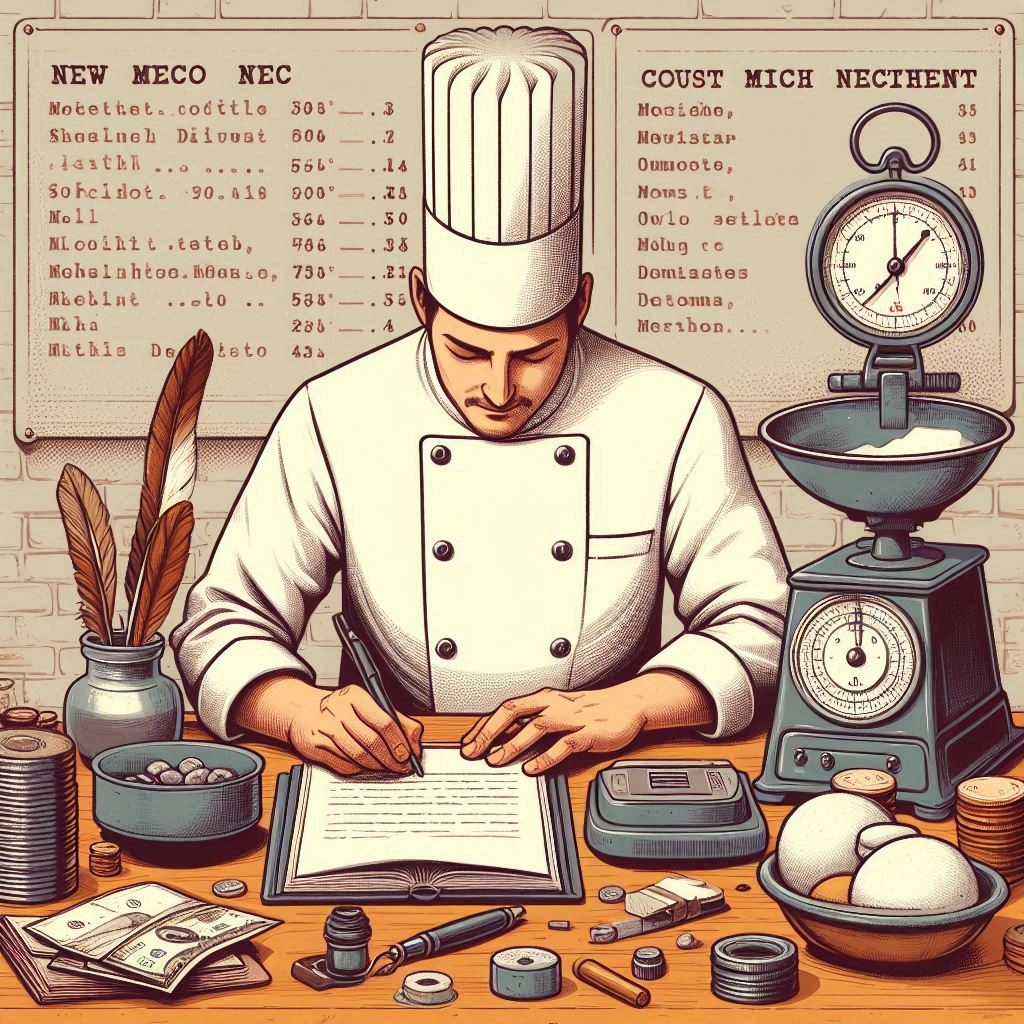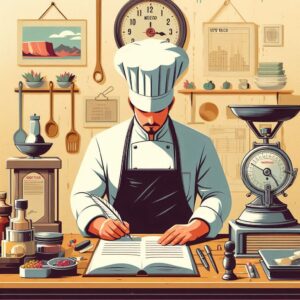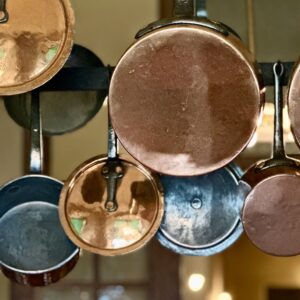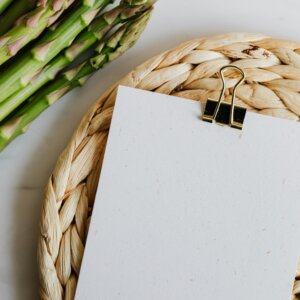The recipe books are going to be our most important system. Everything we do is based on the recipes. We probably got started because we knew we had something special, and people probably told us that we did as well. We must capture and codify them in a meaningful and repeatable manner.
We created a few folders within our Kitchen System COMMAND folder.
- In the 20xx_CURRENT RECIPES folder, you should place all active-in-use and in-development recipes.
- In the MENUS [MASTER/EVENTS] folder, put the recipes we use for special events
- The RECIPE ARCHIVE is for everything else.
How you organize these folders is going to be up to you. I’m sure we can give a few AI prompts in the future, and our files will be organized. I want to save our time on a sub-folder organizational system. We will focus on creating recipes and codifying our current recipes.
Most of our ideas will not be 100% original, and not all will be good. We will want first to see what is out there and build from there. There are several distinct steps in creating or developing a recipe. Each step is designed to filter out a potential problem.
- Complexity
- Cost
- Repeatability
Our phones are fantastic capture devices that should be used (Notes, Transcription, Photos, Times, and Places). Below, I will show examples using one of our most requested recipes. This recipe was published flawed and made its way onto Epicurious.
Capture—First, we will “capture” three to five recipe versions. We can capture them in our digital Notes app. Our method does not matter if we gather them in one place.
- You may want to implement a fundamental and broad #tag system to utilize the search function.
- When we find recipes on the web, they are often riddled with ads. I suggest looking at cooked.wiki. This is an innovative site where you can paste a URL, and it will extract the recipe for you. If you set up an account, you can create a personal recipe storage area.
This Peanut and Butternut Squash Stew recipe was captured on a website and put into the cooked.wiki. I know it was published flawed, so we will fix it now.


I converted it to metric using the cooked.wiki AI tool and saved a copy in my account. I also saved and labeled them in my notes app so I can easily find them again with a search. I will discard the rough versions once I clean them up and codify them. This is to avoid clutter and possible mix-ups in the future.
Compare—We will compare all the recipes we captured for an item or dish. What are the typical ingredients in each recipe? Are there ingredients that we don’t usually carry on our shelves? If so, can we use that ingredient in something else? Does the recipe lack without the ingredient? Can it be substituted?
- Rough estimate cost. If it seems viable continue on.
- We try not to use ingredients that are only used for one recipe.
- If it has hard-to-get or costly ingredients. It’s possibly great for a special. It’s wrong for your everyday menu. Stop here.
Compose – we will compose our version of the recipe. We will write down quantities and procedures that make sense to us. We must take thorough notes during this process. It is also essential to scale to our likely batch sizes. Remember that all ingredients don’t scale up the same way—document allergens.
- We will keep a record of a small batch version as well. We never know when we will write a home cookbook. The media or a guest may ask for a small home version recipe.
- Metric is straightforward to convert batch sizes.
- If it is starting to be a complex recipe. Stop here.
- A dedicated digital or physical notebook is best for this work. I prefer to start on paper and scan to digital for filter edits.


I altered the measurements after verification and testing. I also reordered the ingredients list to go in order with the cooking procedure.
Conduct – we will conduct thorough tests on the recipes. Various versions of the recipe should be cooked. Incorporate different methods or ratios of ingredients. Add your unique touch. You are making this your own. Cooking, cooling, reheating, handling, execution, and YIELDS must be considered.
- One of the first significant and impactful changes you can make is converting your kitchen to the metric system using weight as your primary measurement.
- AI tools can quickly convert a recipe to metric.
- If the recipe doesn’t seem repeatable. Stop here.
Testing the recipe for last-minute adjustments.
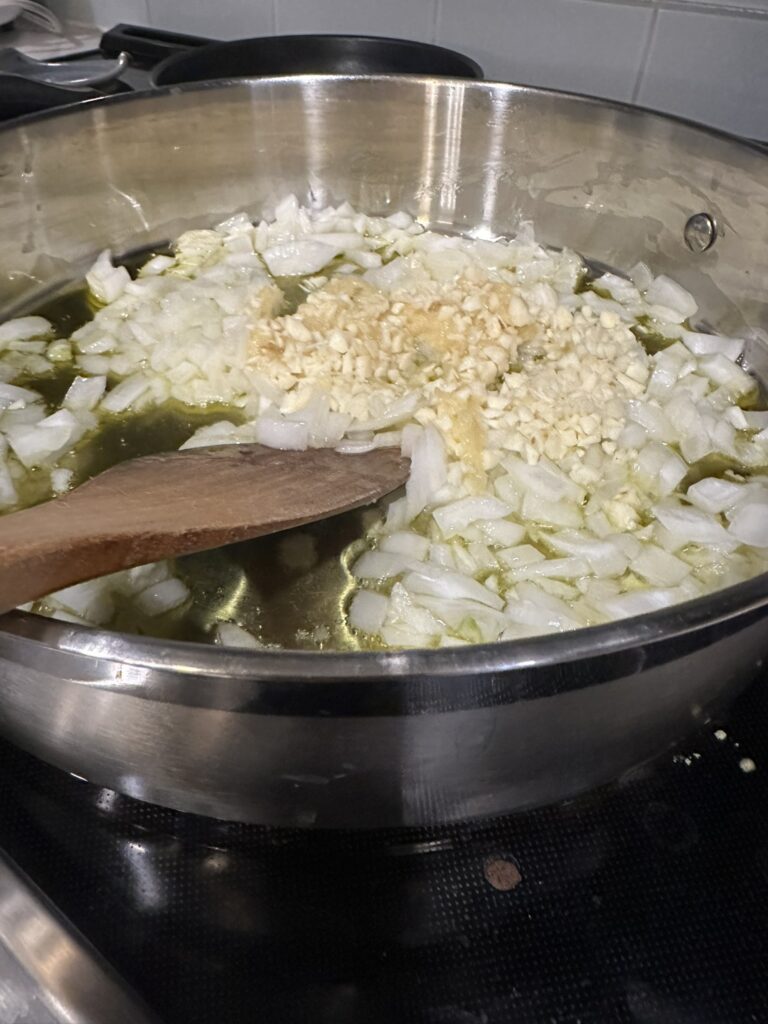
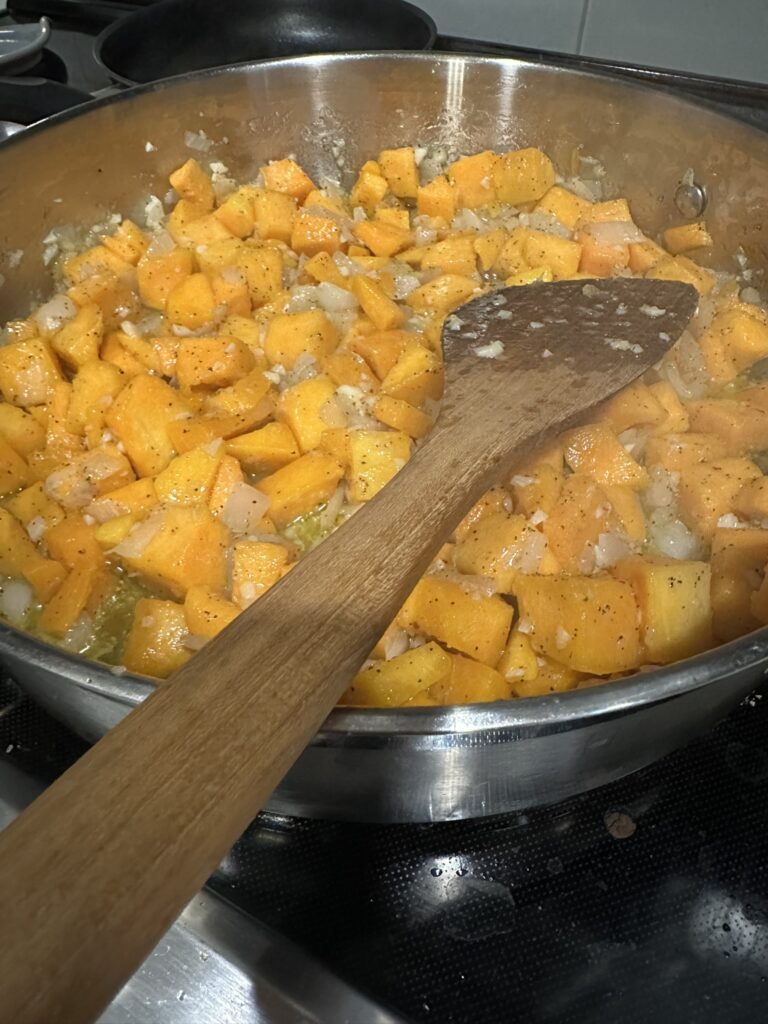
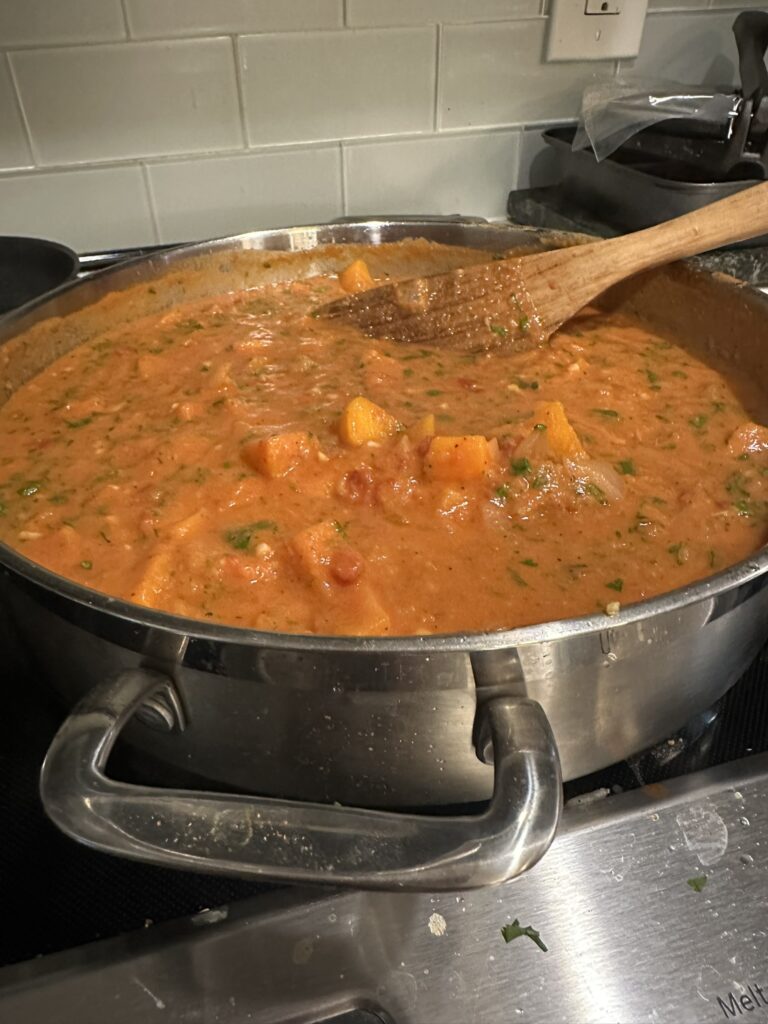
I am happy with the final results. I have cooked the dish several times using the new quantities.
Cost – We will cost the recipes at this point. Our yield tests will come into play here. We must operate under a cost-conscious system. Every employee should also know the cost of everything, down to the price per unit. Costs will be part of your recipe and you will need it for your inventory.
- We will add a 10% variance charge to your recipe cost. This is to cover fluctuations in product costs and yield variances.
- Switching to the metric system will result in fewer yield variances and more accurate costs.
- Lock down exact yields and costs in a spreadsheet or food costing calculator.
- If it doesn’t make financial sense. Stop here.
- If it passes the yield and cost tests for you. Save the cost analysis for your inventory sheets.
Clipboard / Staff Test – We will clipboard the recipe. This is a crucial step before we commit to and codify the recipe. Can other people understand and replicate what we have created? You should work with a recipe and add any revisions or alterations for a few weeks. Once the kinks are smoothed out, we will codify the recipe.
- A lot of restaurants only make it to the clipboard. We will do better.
- If you have any staff from a foreign country, they were raised using the metric system.
Next time we will go through the key components that should be included in our recipes. We will look at various ideas for organizing using different tools. There are countless resources available such as the cooked.wiki and I will point you to a few more.
Thank you for your time. Lead a balanced life.
Matthew Moyer – The Kitchen System Blog @kitchensystem.org

